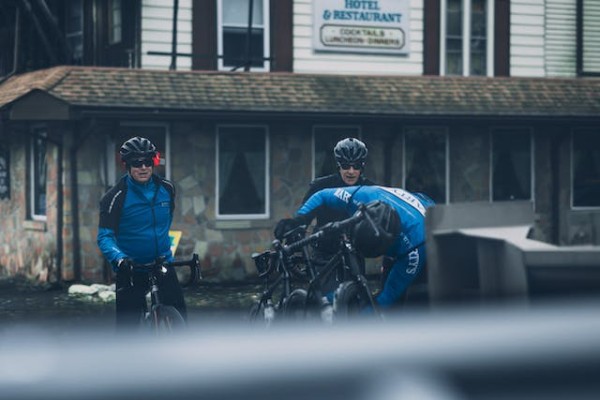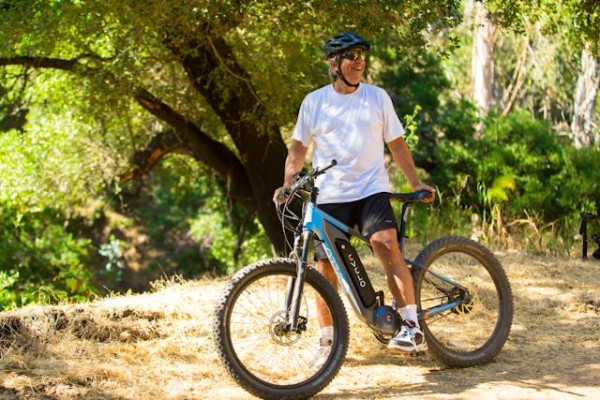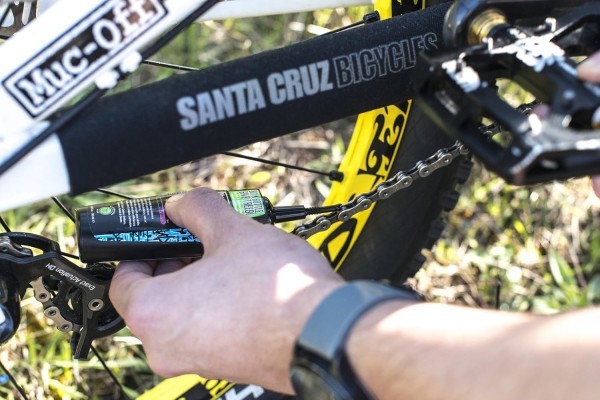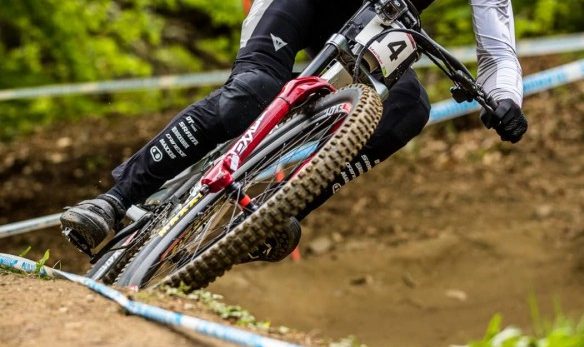When the storm clouds gather and the rain starts to fall, you might be tempted to abandon your cycling plans and stay indoors. But fear not, brave cyclist, for there are ways to conquer the elements and stay safe on your two-wheeled adventure.
By following a few simple tips, you can navigate through the worst of weather conditions and emerge unscathed on the other side. Get ready to conquer the rain-soaked roads and gusty winds, because we have some invaluable advice to share with you.
1. Dress Appropriately for the Weather
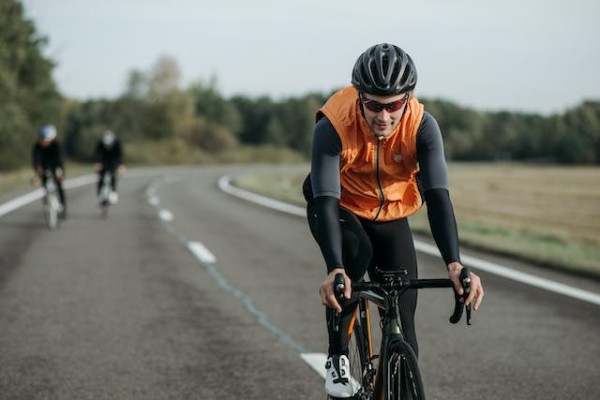
Make sure you dress appropriately for the weather when cycling. Dressing properly can make all the difference in your comfort and safety when riding in bad weather.
- Start with a moisture-wicking base layer to keep you dry and comfortable.
- Layer up with a windproof and waterproof jacket to protect you from rain, wind, and cold temperatures.
- Don’t forget to wear thermal tights or leg warmers to keep your legs warm.
- Opt for waterproof gloves to keep your hands dry and warm.
- Wear a hat or a headband to protect your head and ears from the cold.
Finally, invest in a good pair of waterproof and insulated cycling shoes to keep your feet dry and warm.
2. Ensure Your Bike Is Equipped for Wet Conditions
To ensure a safe and smooth ride in wet conditions, it’s important to equip your bike appropriately. One of the most important things to consider is your tires. Make sure they have good tread and are properly inflated to provide adequate traction on wet surfaces. Additionally, consider investing in fenders for your bike to prevent water from splashing up onto you and your bike. These can be easily attached to the front and rear wheels and will help keep you dry.
Another important accessory to have is a set of reliable brakes. Wet conditions can make it more difficult to stop, so it’s essential to have brakes that are in good working order. Finally, consider adding reflective lights or reflective tape to your bike to increase visibility in low-light or rainy conditions.
3. Adjust Your Riding Technique for Slippery Surfaces
Now that your bike is properly equipped for wet conditions, it’s important to adjust your riding technique for slippery surfaces. When cycling on slippery surfaces like wet roads or leaves, it’s crucial to maintain control and stability.
First and foremost, reduce your speed to minimize the risk of skidding. Slow down before corners and give yourself plenty of time to brake gently and smoothly. Additionally, avoid sudden movements, such as quick turns or abrupt braking, as this can cause your tires to lose traction. Instead, try to maintain a steady and controlled riding style.
Another useful technique is to distribute your weight evenly on the bike, keeping your body centered and balanced. By adjusting your riding technique for slippery surfaces, you can increase your safety and minimize the chances of accidents.
4. Increase Visibility With Proper Lighting and Reflective Gear
When cycling in low light or adverse weather, it’s crucial to make yourself as visible as possible to other road users. Equip your bike with front and rear lights that emit a bright, steady beam. Ensure that your lights are in good working condition and properly positioned for maximum visibility.
Additionally, wearing reflective gear, such as a reflective vest or jacket, can significantly improve your visibility. These items are designed to reflect light, making you more noticeable to drivers.
5. Plan Your Route and Be Prepared for Changing Weather Conditions
When planning your cycling route, it’s important to consider and be prepared for changing weather conditions. Before heading out, check the weather forecast to get an idea of what conditions you may encounter along your route. Be aware that weather conditions can change quickly, so it’s crucial to stay updated throughout your ride.
To be prepared for changing weather, pack appropriate gear such as a waterproof jacket, gloves, and a hat. Layer your clothing so you can adjust accordingly as the temperature fluctuates. It’s also a good idea to bring along a small first aid kit and some emergency supplies like energy bars and a portable phone charger.
Frequently Asked Questions
How Often Should I Check My Bike’s Tire Pressure in Wet Conditions?
You should check your bike’s tire pressure more frequently in wet conditions. The moisture and slippery surfaces can affect the grip and stability of your bike, so maintaining proper tire pressure is crucial for safety.
As a general rule, check your tire pressure before each ride in wet weather to ensure optimal performance. This will help you maintain traction, control, and prevent accidents while cycling in bad weather.
Are There Any Specific Hand Signals I Should Use When Riding in Rainy Weather?
When riding in rainy weather, it’s important to use specific hand signals to ensure your safety. Use the traditional hand signals for turning left, right, and stopping, just like you’d in dry conditions.
Additionally, it’s helpful to use a downward motion with your hand to indicate hazards like potholes or debris on the road. These signals will help alert other cyclists and motorists to your intentions and keep you safe in bad weather.
What Types of Clothing Materials Are Best for Cycling in Cold and Wet Conditions?
When cycling in cold and wet conditions, it’s important to wear the right clothing materials to stay warm and dry. Look for clothing made from materials like polyester or nylon, as they’re water-resistant and quick-drying. These fabrics will help to keep you comfortable throughout your ride.
Additionally, consider wearing layers to trap heat and a waterproof jacket to protect you from rain. Don’t forget to also wear gloves and waterproof shoes to keep your extremities protected.
Can I Use Regular Bike Lights or Do I Need Specific Waterproof Lights for Riding in the Rain?
It’s recommended to use specific waterproof lights for riding in the rain. Regular bike lights may not be designed to withstand wet conditions and could malfunction. Waterproof lights are specifically designed to be water-resistant, ensuring they’ll still function properly even in rainy weather.
Conclusion
As the rain pours down and the wind lashes against you, remember that you’re a warrior on wheels, defying the elements. Dress wisely, equip your bike, adjust your technique, and light up the darkness. With each pedal stroke, you conquer the storm. Prepare, ride smart, and embrace the challenge. Bad weather is no match for your determination and skill.
